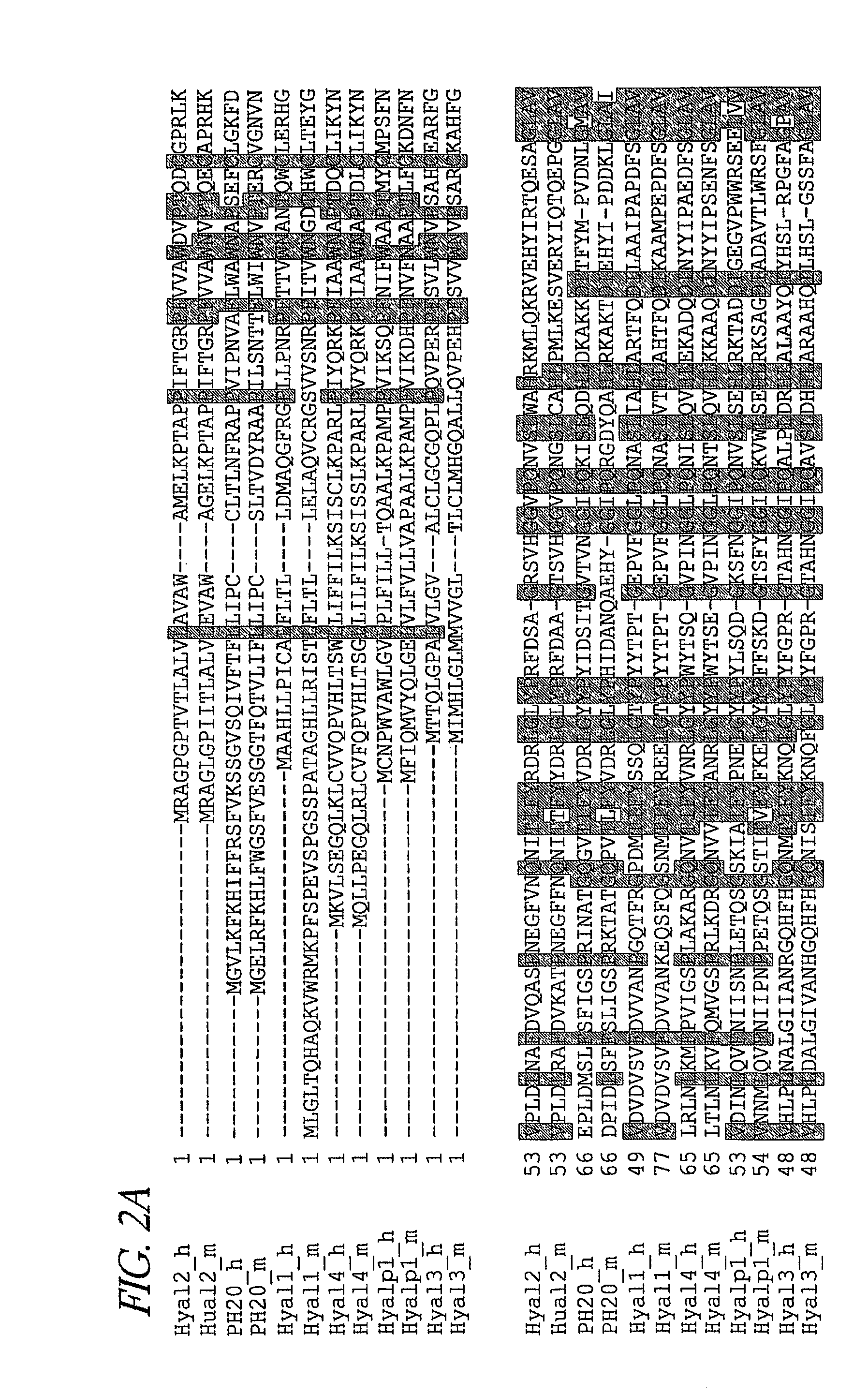Use of Hyaluronidase in Combination with Plasmin for the Induction of Posterior Vitreous Detachment
a technology of plasmin and hyaluronidase, which is applied in the direction of drug compositions, peptide/protein ingredients, sense disorders, etc., can solve the problems of retinal detachment, retinal detachment, retinal detachment, etc., and achieves the effects of reducing hemorrhagic blood, reducing materials toxic, and reducing vitreous viscosity
- Summary
- Abstract
- Description
- Claims
- Application Information
AI Technical Summary
Benefits of technology
Problems solved by technology
Method used
Image
Examples
Embodiment Construction
[0031]As used herein, the term “substantially complete posterior vitreous detachment” and “substantially complete posterior vitreous separation” refers to separation of the vitreous from the inner limiting membrane to produce a clean vitreoretinal surface devoid of vitreous collagen and free of cortical vitreous remnants. The complete separation or detachment of the vitreous allows the vitreous to fall freely from the eye cup by gravity without the need for mechanical separation. The complete separation of the vitreous results in no vitreous strands remaining attached and a smooth surface of the inner limiting membrane (ILM) as determined by a scanning electron microscope (SEM). Incomplete or partial separation results in collagen fibers remaining attached to the retinal surface that are often visible by SEM.
[0032]Unless defined otherwise, technical and scientific terms used herein have the same meaning as commonly understood by one of ordinary skill in the art to which this inventi...
PUM
| Property | Measurement | Unit |
|---|---|---|
| volume | aaaaa | aaaaa |
| transverse diameter | aaaaa | aaaaa |
| transverse diameter | aaaaa | aaaaa |
Abstract
Description
Claims
Application Information
 Login to View More
Login to View More - R&D
- Intellectual Property
- Life Sciences
- Materials
- Tech Scout
- Unparalleled Data Quality
- Higher Quality Content
- 60% Fewer Hallucinations
Browse by: Latest US Patents, China's latest patents, Technical Efficacy Thesaurus, Application Domain, Technology Topic, Popular Technical Reports.
© 2025 PatSnap. All rights reserved.Legal|Privacy policy|Modern Slavery Act Transparency Statement|Sitemap|About US| Contact US: help@patsnap.com



